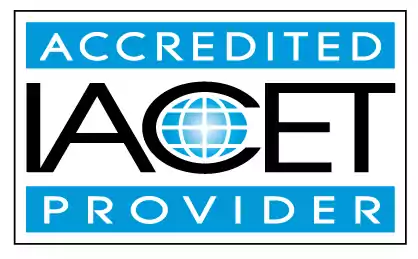Demonstrate an understanding of teacher direct vs. child directed activities
Discover the difference between teacher direct and child directed activities in early childhood education and child care centers. Gain a deeper understanding of how these approaches foster child development and learning. Explore our resources to support your knowledge and practice.Trainings incorporating this outcome
Proficiency Level
Target Audience
States
Alabama (5) Alaska (5) Alberta (5) Arizona (5) Arkansas (2) Australia (5) California (5) Colorado (5) Connecticut (5) Delaware (5) District of Columbia (5) Florida (5) Georgia (3) Hawaii (5) Idaho (5) Illinois (2) Indiana (5) Iowa (5) Jamaica (5) Kansas (5) Kentucky (2) Louisiana (5) Maine (5) Manitoba (5) Maryland (5) Massachusetts (5) Michigan (5) Minnesota (5) Mississippi (5) Missouri (2) Montana (5) Nebraska (3) Nevada (3) New Hampshire (5) New Jersey (2) New Mexico (5) New York (5) Newfoundland and Labrador (5) North Carolina (2) North Dakota (5) Nova Scotia (5) Ohio (5) Oklahoma (5) Ontario (3) Oregon (3) Pennsylvania (4) Prince Edward Island (5) Puerto Rico (5) Quebec (5) Rhode Island (5) Saskatchewan (5) South Carolina (2) South Dakota (5) Tennessee (2) Texas (3) Thailand (5) United Kingdom (5) Utah (5) Vermont (5) Virgin Islands (5) Virginia (5) Washington (5) West Virginia (5) Wisconsin (5) Wyoming (4)
120 hours courses
45 hours courses
3 hours courses
Related Outcomes
- Demonstrate an understanding of teacher vs. child directed activities.
- Identify appropriate practices for identify and demonstrate an children: Teacher directed vs child directed
- Recognize the importance of maintaining a balance between teacher directed and child directed activities
- Identify and understand the requirements of Child Care Subsidy (POC), Child and Adult Food Program, MSDE Child Care Credential, Tiered Reimbursement, and the Child Care Career and Professional Development Fund
- Demonstrate understanding of strategies that utilize good time management practices for teachers and child care providers.
- Identify appropriate practices for teacher- and child-directed activities.
- Demonstrate understanding of developing positive relationships with child care families
- Demonstrate an understanding of concepts within the activity and content area for the visual arts for school-age.
- Demonstrate understanding of optimal room arrangements for family child care settings and their components.
- Demonstrate an understanding of how to create a natural outdoor classroom that supports child development in all areas.
- Demonstrate an understanding of staff scheduling and student enrollment aligned with Child Care Regulations.
- Demonstrate understanding of inclusionary practices for cerebral palsy in the child care setting.
- Demonstrate understanding of inclusionary practices for conduct disorder in the child care setting.
- Demonstrate an understanding of how ongoing preventive health and wellness care affects child development
- Demonstrate understanding of cultural differences and its influences on a child's social behavior.
- Demonstrate understanding of developing strategies for involving parents in the child care setting.
- Demonstrate an understanding of the overall cost of child care
- Demonstrate an understanding of the most effective way to listen to a child.
- Demonstrates understanding of developing positive relationships with child care families
- Demonstrate an understanding of prenatal development and its impact on child development
Related Articles
- Child care education
- How to Start a Daycare and Maintain Professionalism
- North Dakota and the Child and Adult Care Food Program
- ChildCareEd’s Montessori Curriculum Training
- The Great Snowman Debate: Montessori vs. Traditional Methods for Building Frosty Friends
- A Step-by-Step Guide to Accessing Your DCF Training Login
- Childcare Courses 101: Everything You Need to Know to Start Your Career
- Child Care Training Courses That Come with a certificate to get you started!
- When Seconds Count: Real-Life Cases Where Health & Safety Training Saved Lives
- Talk, Listen, Grow: Why Communication Is the Superpower of Early Childhood Professionals
- Why Do Children Need So Much Repetition?
- 🧩 What Does ABA Look Like in the Classroom? 🎓 What Teachers Should Know
- 📚 Which Trainings Are Required for Childcare Staff in California?
 12 CEUs
12 CEUs